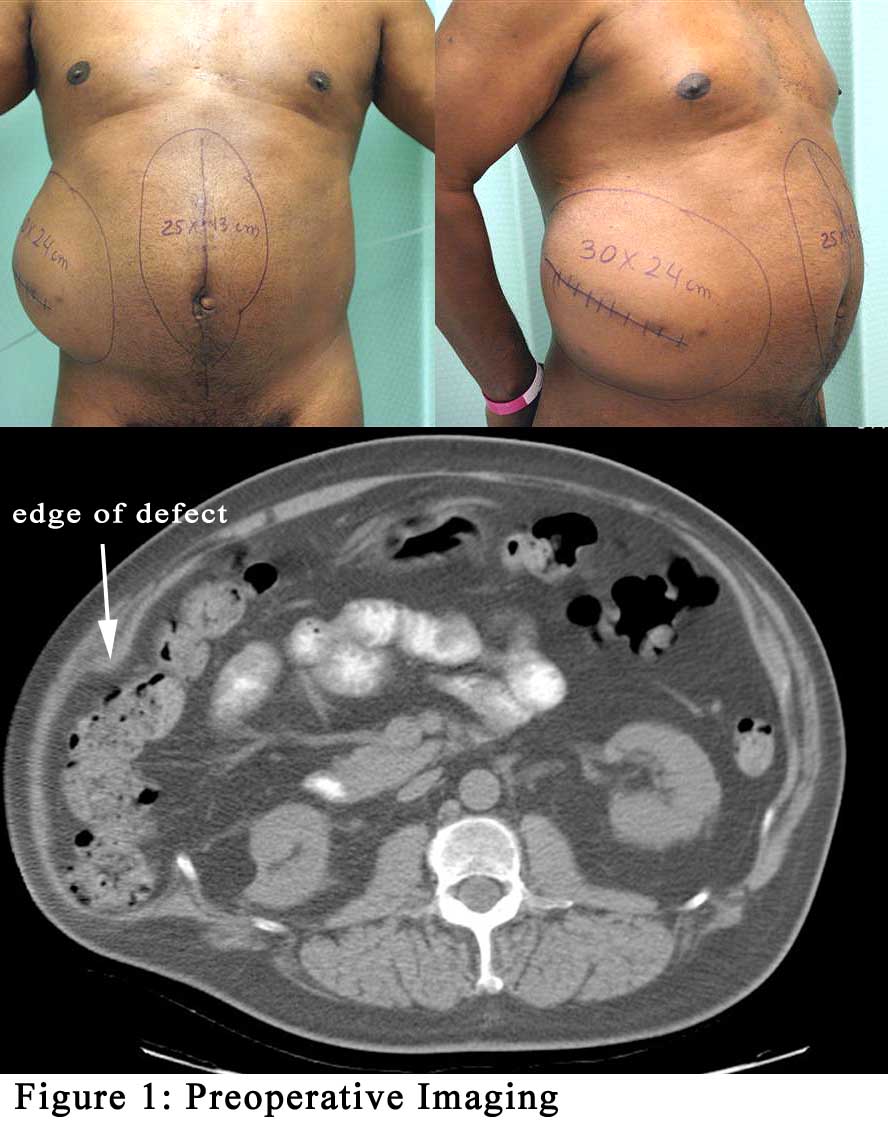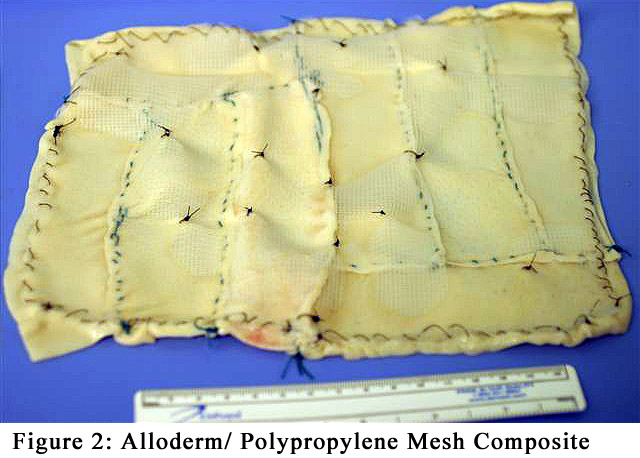25.0: Thursday, March 17, 2005 - 4:25 PM
7655
Successful use of composite AlloDerm/polypropylene mesh for complex abdominal wall hernias
Complex abdominal wall hernia repairs can be approached in many ways; however, they are fraught with high recurrence rates. Newer techniques using mesh have reduced the recurrence rates but have been associated with adhesions and fistula formation. The use of acellular dermis (AlloDerm) has been touted to reduce adhesions in hernia repairs. Unfortunately, its long term strength and incorporation into the abdominal wall is unknown. Previous work by
See more of Reconstruction/Burn
Back to 2005src Complete Scientific Program



